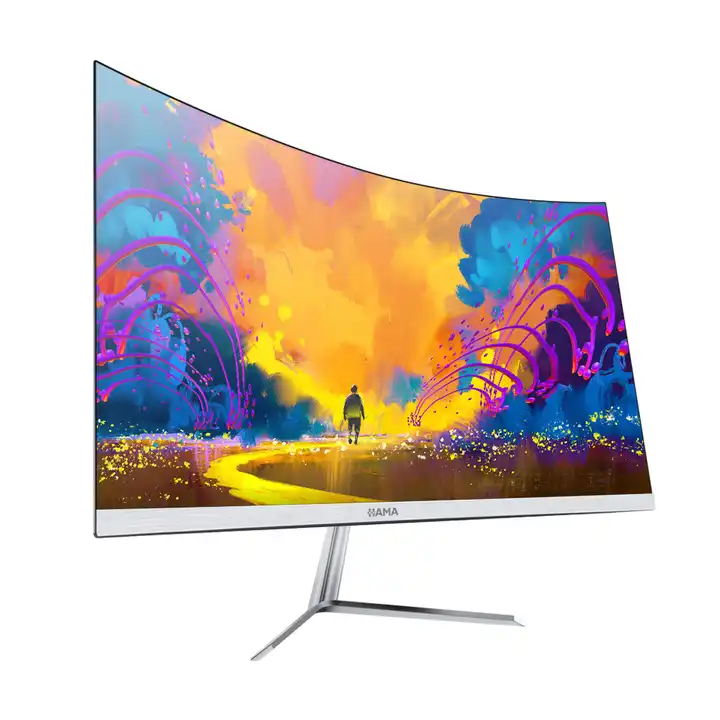Feb. 20, 2024
In the realm of personal computing, the choice between a Desktop PC and an All in One PC can be a pivotal decision, impacting productivity, functionality, and overall user experience. Understanding the nuances and disparities between these two categories of computers is essential for making an informed decision that aligns with your specific needs and preferences.
Desktop PCs typically consist of separate components such as a tower or CPU, monitor, keyboard, and mouse.
Their design allows for greater flexibility in customization, as users can upgrade individual components over time to meet evolving computing demands.
The modular nature of desktop PCs facilitates easier maintenance and repair, as components can be replaced independently.
All-in-One PCs integrate the CPU and monitor into a single unit, often with the components housed behind the display.
Their sleek and space-saving design makes them ideal for environments where desk space is limited or aesthetics are a priority.
While less customizable than desktop PCs, All-in-One models offer a streamlined and clutter-free setup.

Desktop PCs typically offer more processing power and graphics capabilities compared to their All-in-One counterparts.
Their larger form factor allows for better heat dissipation and accommodates high-performance components such as dedicated graphics cards and multiple storage drives.
Desktops are preferred for demanding tasks such as gaming, video editing, and 3D rendering due to their ability to support robust hardware configurations.
All-in-One computer is generally designed for everyday computing tasks such as web browsing, email, document editing, and multimedia consumption.
While they may lack the raw power of desktop PCs, All-in-One systems are sufficient for most casual users and office environments.
Some All-in-One models offer touchscreen functionality, catering to users who prefer a more interactive computing experience.
Desktop PCs typically feature a wide array of connectivity options including USB ports, audio jacks, Ethernet ports, and expansion slots.
Their ample space allows for easy access to ports, facilitating the connection of peripherals such as external hard drives, printers, and gaming controllers.
Desktops often offer more flexibility in terms of adding expansion cards for additional functionality such as Wi-Fi, Bluetooth, or audio enhancements.
All-in-One PCs tend to have fewer ports compared to desktops, due to their compact design and integrated nature.
However, they still offer essential connectivity options such as USB ports, HDMI or DisplayPort for external displays, and audio in/out jacks.
Some All-in-One models feature built-in webcams and microphones, catering to users who require video conferencing capabilities.
Desktop PCs typically offer better value for money in terms of performance and upgradeability.
While initial purchase costs may vary depending on the configuration, desktops allow users to spread out expenses by upgrading individual components over time.
DIY enthusiasts often prefer desktop PCs for their ability to customize and optimize hardware configurations according to specific requirements and budget constraints.
All-in-One PCs are often priced at a premium compared to desktops with similar specifications, primarily due to their integrated design and sleek aesthetics.
The convenience of an all-in-one solution appeals to users seeking a hassle-free computing experience without the need for separate components.
All-in-One systems may offer better overall value for users prioritizing space-saving designs and minimalistic aesthetics over raw performance.
In conclusion, the choice between a Desktop PC and an All-in-One PC ultimately depends on your individual needs, preferences, and budget. Desktop PCs excel in performance, customization, and value, making them ideal for power users and enthusiasts. On the other hand, All-in-One PCs offer a compact and stylish solution for everyday computing tasks, prioritizing convenience and aesthetics. By understanding the differences outlined above, you can make an informed decision that best suits your computing requirements.
Previous: None
Next: None
If you are interested in sending in a Guest Blogger Submission,welcome to write for us!
All Comments ( 0 )